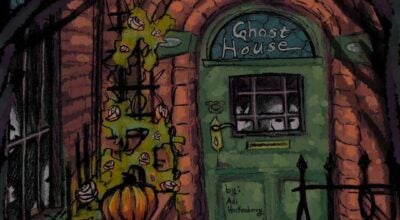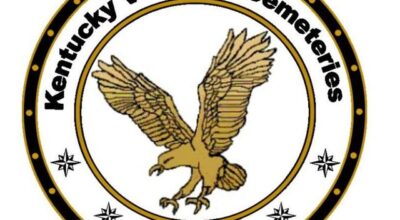Historic WWI plane will fly again
Published 12:01 pm Monday, November 20, 2017
BOWLING GREEN (AP) — Nearly 100 years after the end of World War I, a team of aviation enthusiasts in Kentucky is hard at work restoring the first warplane built in America — the Dayton-Wright DH4.
“Not many people know about World War I,” said Dorian Walker, a member of the Saving Liberty DH4 group. “That doesn’t mean it’s any less important.”
Walker and the group members hope to remind the public of that importance by restoring the DH4 in time for test flights by next spring with plans for airshows across the country and a trip to France.
“It gives you a chance to witness something firsthand,” he said, adding the historic, wooden biplane is a symbol for how far American aviation has come in 100 years.
For Blake Henderson, a pilot and aircraft mechanic from Westmoreland, Tennessee, restoring the plane is a way to connect with his own history.
Henderson’s grandfather, W.E. Henderson, helped rescue the “Lost Battalion,” which was the name given to roughly 500 men who were cut off by German forces over France’s Argonne Forest.
Now, nearly a century later, Henderson looks at the DH4 as the plane that got America’s servicemen into the air. After the British gave the U.S. the rights to build the plane, Henderson said engineers gave it a bigger engine, a higher-caliber gun and other modifications.
“We didn’t have an air force so we had to build this up quickly,” he said.
Restoring the DH4 is one way to shed light on what Henderson described as a “forgotten war,” along with the sacrifices of veterans who fought under the brutal conditions of trench warfare.
“They need to be remembered,” he said.
A century ago, aviators flying the DH4 were awarded four of the eight Medals of Honor given to WWI pilots. Once restored, it will be the only plane of its kind flying in North America.
The restoration process has brought together enthusiasts from Bowling Green, Lebanon, Tennessee, and Winchester, Tennessee. Although a similar project would normally take years for one or two enthusiasts to complete, Walker said it’s benefited from the team effort. Some of the same talent that went into restoring the Curtiss Jenny biplane is involved with the project.
“We learned through the Jenny to team build,” Walker said.
On Nov. 9, team members used a forklift to install wheels on the plane.
Among them was David Anderson, who has a background in engineering.
“I’m impressed by the people that led us into aviation,” he said, noting the engineering feat of an aircraft made of glued ash and spruce.
Joe Leudenburg, a U.S. Army veteran and aircraft mechanic, agreed. Once complete, he hopes the DH4 will spark an interest in a new generation of aviators.
“If they get interested in it, it’ll keep it going,” he said.





